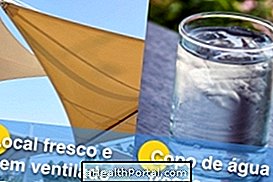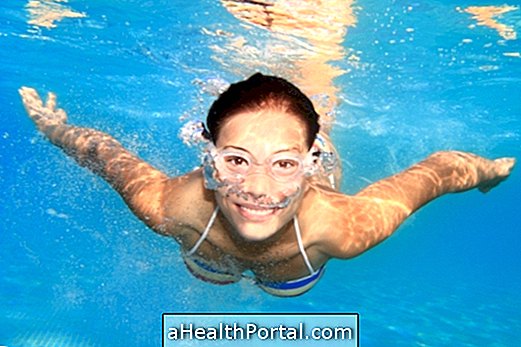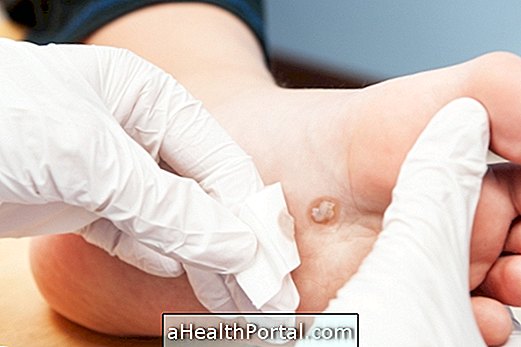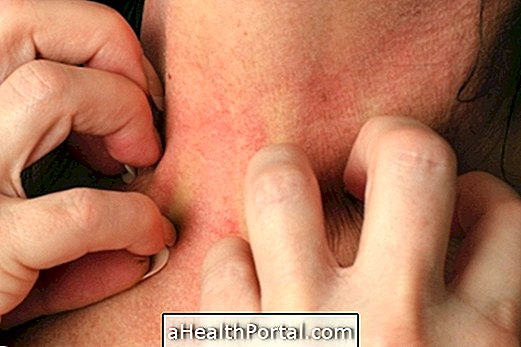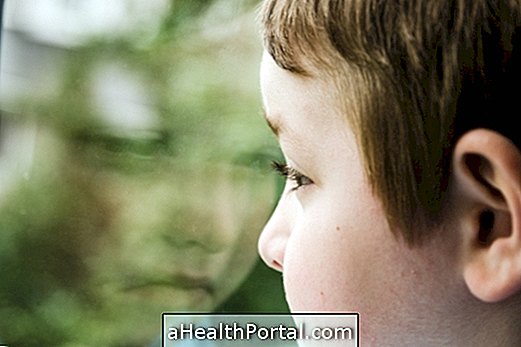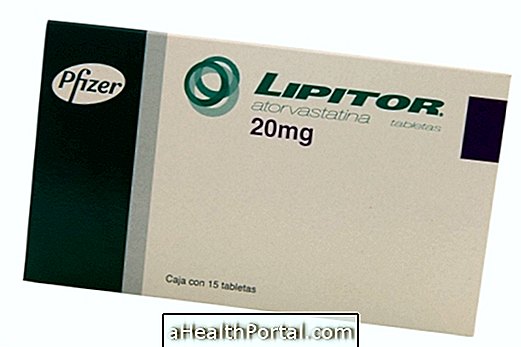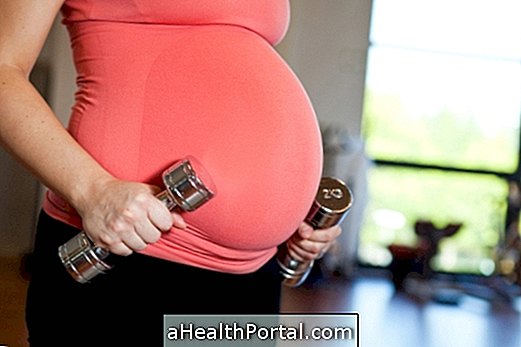The pain in the bones can be confused with a muscular pain or pain in the joints, nevertheless, the pain in the bones is characterized by a pain that stays even when it is stopped, for example.
Generally, bone pain is not a serious symptom, especially on the face, during the flu, or after falls and accidents due to small fractures that heal without needing treatment.
However, when the pain in the bones lasts more than 1 week you should consult an orthopedic doctor to diagnose the cause and start the appropriate treatment.

What can be bone pain
Bone pain can be caused by:
Pain in the bones by strokes
- What you feel: comes after an accident, such as a fall, stroke or traffic accident, for example, getting worse when you apply weight to the affected bone.
- What to do: You should rest and take painkillers, such as Paracetamol, to reduce pain and allow the bone to heal. If the pain persists for more than 3 days, or the bone is fractured, it is recommended to consult an orthopedist or go to the emergency room.
Bone pain from the flu
- What it feels like: It usually causes phlegm to appear and a feeling of heaviness or aching bone on the face due to the filling of the sinuses by secretions.
- What to do: It is advisable to inhale saline 2 to 3 times a day and drink at least 2 liters of water to help release the secretions.
Bone pain due to osteoporosis
- What it feels like: It mainly causes pain in the bones of the arms and legs due to lack of calcium and vitamin D, being called osteoporosis. Learn more about this disease in: Osteoporosis.
- What to do: When a bone loss is suspected, it is recommended to take a bone densitometry test to confirm the diagnosis and then increase the intake of foods rich in vitamin D and calcium such as eggs, yogurt and cheese, for example .
Bone pain due to bone infection
- What it feels like: Infection in the bones, also known as osteomyelitis, can be accompanied by pain in any bone in the body, fever above 38 °, swelling and redness in the affected area. Get to know other symptoms in: Osteomyelitis.
- What to do: It is recommended to go to the emergency room to start the appropriate treatment as soon as possible, avoiding complications such as septic arthritis or amputation.
Bone pain due to bone metastases
- What it feels like: Bone pain due to metastases is accompanied by rapid weight loss and excessive tiredness, appearing in cancer patients elsewhere in the body such as breast, lung, thyroid, kidney or prostate, for example.
- What to do: It is advised to consult the oncologist who is guiding the treatment of cancer. Here's how the treatment is done: Learn about the symptoms, treatment and cure for bone cancer.
Pain in the bones due to leukemia
- What it feels like: In most cases the first symptoms of leukemia include leg pain and excessive tiredness. See other symptoms of Leukemia.
- What to do: An orthopedist should be consulted to check for other causes of bone pain and, if necessary, go to an oncologist to begin appropriate treatment for leukemia.
Pain in the bones without apparent cause
- What it feels like: bone pain, joint deformity that can be confused with arthritis or arthrosis that may indicate Paget's Disease. Understand Paget's disease, its symptoms and treatment.
- What to do: You should go to the doctor to do blood and X-ray examinations to assess bone health and start taking medications and physical therapy that should be maintained for a lifetime.
How To Treat Bone Pain
The treatment for bone pain depends on its cause, but it can usually be done only with rest, stretching, and the placement of ice packs on the area that is hurting.
However, in other cases, such as infection or inflammation, it may be necessary to use antibiotic or anti-inflammatory medicines, such as Ibuprofen or Biprofenid, to reduce symptoms and resolve the problem.
In more severe cases, such as fractures, leukemia or cancer, the doctor may indicate other treatments, such as surgery, for fracture repair or chemotherapy to combat leukemia and cancer.
When to go to the doctor
It is recommended to consult an orthopedist or go to the ER when the pain in the bones:
- Lasts more than 3 days or worsens over time;
- It is accompanied by other symptoms like weight loss, decreased appetite or excessive tiredness;
- It comes after severe knocks, such as traffic accidents.
In these cases, the doctor may do blood tests, X-rays or CT scans, for example, to diagnose the problem and indicate the most appropriate treatment.
Understand what it is look at the Symptoms of Rheumatism in Bones.



